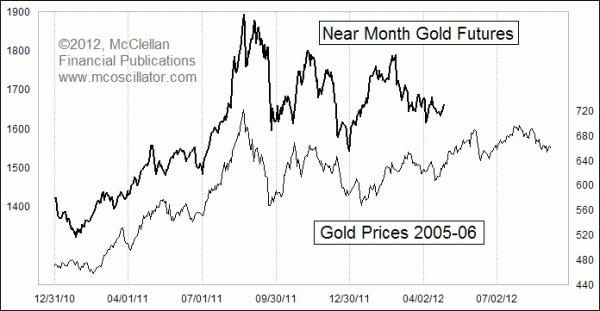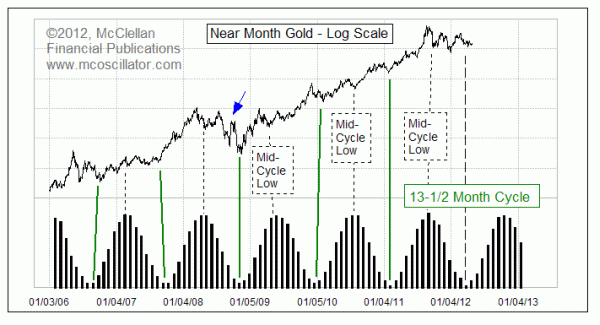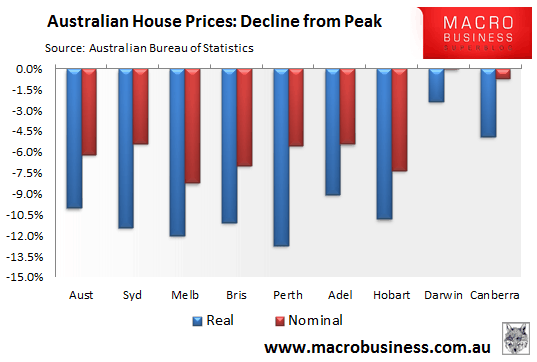Heard of it yet? You will hear the term more often in the second half of 2012.
Cliff Dive?
AMERICANS have watched austerity sweep Europe with a certain Schadenfreude. But eight months from now they may get a dose of the same medicine. The political compromises that have produced much of America’s deficit of 8% of GDP are programmed to go into reverse at the end of the year, two months after the election. A stimulus package consisting of a payroll-tax cut, investment tax credit and enhanced unemployment insurance expires then, as do George W. Bush’s tax cuts (which have already been extended by two years from their original end-date of 2010). At the same time an automatic, across-the-board cut in domestic and defence spending, called a “sequester”, takes effect, cutting about $100 billion from government spending next year.
Why You Can't Ignore The Fiscal Cliff
In addition to the economic slowdown, the continued housing crisis, the endless turmoil in Europe and the deceleration in China and India, we are moving closer to the period where the so-called 'fiscal cliff' will become more of a threat to the market. The fiscal cliff refers to the near-simultaneous January 2013 expiration of the Bush tax cuts, the payroll tax cuts, emergency unemployment benefits and the sequester established in last summer's debt limit agreement. Various estimates have indicated that the hit to GDP could be as high as 4%.
Various members of the Federal Reserve Board, including the Chairman, have been concerned enough to make their worries publically known. Bernanke, at his last press conference, said that the size of the fiscal cliff was so large that "I think there's absolutely no chance that the Federal Reserve could or would have any ability whatsoever to offset the effect on the economy".
Chicago Fed president Charles Evans added that "The cliff at the end of this year is just that writ large. Whether or not calm heads will prevail and avoid this or do something useful, you know that's as big an uncertainty as I can imagine anybody facing." Atlanta Fed president Dennis Lockhart stated "Congress and the administration understand that the perception is growing that if a transition isn't engineered that works well, that you're going to end up with a lot of Mojo taken out of the economy in a very brief period of time."
Citi: The Fiscal Cliff Is 'SO RIDICULOUSLY LARGE'
The size of the so-called fiscal cliff at year end, which would unwind a decade’s worth of tax cuts and temporary income supports, is so “ridiculously” large relative to near- term growth prospects that markets may take some comfort in its scale. As Fed Chairman Bernanke warned Congress, the Fed would have “no chance” of offsetting an instantaneous shock so severe and noted he was “hoping” Congress would take action.
Really? Presidential election in November and the new Congress won't take office until January. They'll be hamstrung.













